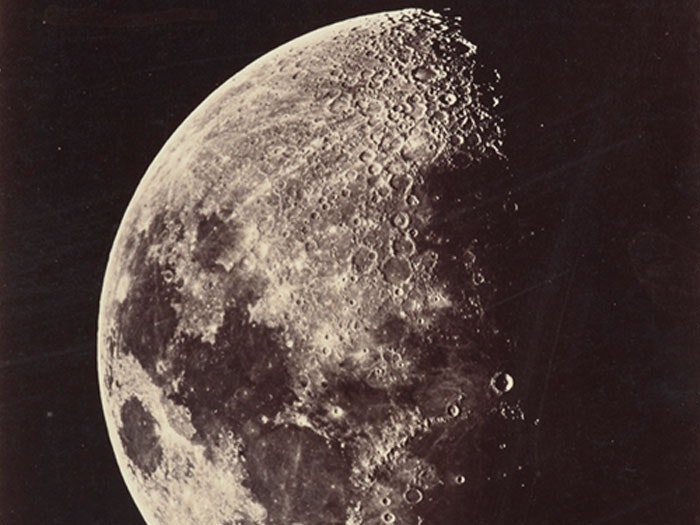
Nights in the Maramataka | the Māori lunar month
Discover the nights in the Māori lunar month, and the activities related to them.
Free museum entry for New Zealanders and people living in New Zealand
Open every day 10am-6pm
(except Christmas Day)
Free museum entry for New Zealanders and people living in New Zealand
Traditionally, Māori were essentially an agricultural people, with a large portion of their time and attention being given to cultivation.
The voyagers who came from Hawaiki to Aotearoa New Zealand brought food plants with them, such as kūmara, hue, taro, and yams, as well as the rituals and tools they used for cultivation.
Each village was surrounded by gardens, and everyone was involved in cultivation. Homage was paid to the god of cultivated food, Rongomatāne, to ensure good crops. There was little idleness. Chiefs and their families set the example of labour, which was followed by all.
Kō (digging implement), 19th century, North Island, maker unknown. Augustus Hamilton Collection. Te Papa (ME000462)
The kō is likened to the hoe. It is the best-known and was the most widely used of all Māori agricultural tools. Mainly a soil-loosening tool, it had various shapes and lengths, and was made from a variety of woods, depending on the nature of the soil and the requirements of the user.
The kō was used with the teka (foot tread) as a spade and without the teka to loosen earth in post holes. Some kō were elaborately carved for ceremonial purposes and used by tohunga to conduct the various rituals related to planting.
Māori woman gardening with a timo, date unknown. Photograph by Charles Lindsay. Te Papa. (MA_A.A.000002)
Timo, timotimo, or tima were used as grubbers for loosening soil. They were often made from a forked branch, with a flattened blade and a round handle. Some timo were straight, but with the forked-branch variety, their peculiarity lies in the length of the blade, being the same or longer, than the handle.
The timo could be used effectively in a squatting position, and loosened soil too hard to be worked by a broad-bladed tool.
Kāheru, North Island, maker unknown. Te Papa (ME012104)
The name kāheru applies to several forms of wooden spades and light cultivating tools known as ketu, wauwau, and pinaki. There are three basic forms of kāheru: the spade-like form with a short blade, a long-bladed form resembling the kō, and a triangular blade form.
Kāheru were used not for heavy work such as breaking up soil or heavy digging but for lighter cultivation work, such as loosening soil, weeding, and the various tasks associated with ngaki (cultivation operations). Kāheru were made from a variety of woods, including maire, mānuka, mataī, and akeake, and sometimes bone or stone.
The Māori name for the constellation Hyades is Mata-kāheru, as this set of stars resembles the spade of a kāheru.

Discover the nights in the Māori lunar month, and the activities related to them.

Rongoā Māori is the traditional Māori healing system. Ailments are treated in a holistic manner.

In the traditional Māori Maramataka, or lunar calendar, the new year begins with the first new moon following the appearance of Matariki (Pleiades) on the eastern horizon. Usually this takes place in the period June-July.